2025 Ford Escape vs Hyundai Tucson: 5 Major Differences originally appeared on Autoblog.
A tough matchup in a packed segment
Compact crossovers aren’t just popular—they’re everywhere. As sedans fade from American roads and larger SUVs price themselves out of reach, vehicles like the 2025 Ford Escape and 2025 Hyundai Tucson are stepping up to become the default family car. They’ve got to do it all: offer fuel efficiency without being boring, tech features without feeling overcomplicated, and enough space for cargo, kids, or weekend adventures.
Both Ford and Hyundai know this, and for 2025, they’ve taken two very different paths to winning your attention. The Escape leans into refinement, hybrid performance, and a comfortable, accessible driving experience. The Tucson, meanwhile, looks and feels more high-concept, with a tech-heavy interior and a bold exterior design that helps it stand out in a crowded parking lot.
If you’re cross-shopping the two—and many buyers are—it’s worth looking past the badge and deep into the spec sheets, features lists, and daily usability. Below, we break down five key differences between the Escape and Tucson that can help tip the scales, depending on what matters most to you.
1. Interior and infotainment: Escape keeps it practical, Tucson goes futuristic
The 2025 Tucson features a bold, tech-heavy cabin, with its facelift introducing dual 12.3-inch screens on upper trims, a reworked center stack featuring physical knobs, fingerprint authentication, and a Digital Key feature in select trims. Across the lineup, you’ll find wireless Apple CarPlay and Android Auto, a digital instrument cluster, and an optional shift‑by‑wire gear selector—all wrapped in a high‑tech spread.

2025 Ford Escape
FordView the 2 images of this gallery on the original article
On the other hand, the Escape delivers Ford’s SYNC 4 system with an 8‑inch touchscreen on base trims and up to a 13.2‑inch display on Platinum models. It doesn’t chase high‑tech flair quite as aggressively, instead offering intuitive layouts, over‑the‑air updates, and an optional head‑up display. Overall, the Escape leans toward being practical and user-friendly; the Tucson tilts toward futuristic cabin styling and immersive tech experiences.
2. Performance and fuel economy: Escape edges ahead overall
For 2025, the Escape offers a choice of a 1.5 L turbocharged three‑cylinder making 181 hp and 190 lb‑ft, or a 2.0 L turbo four‑cylinder with 250 hp and 280 lb‑ft (AWD only). Gas‑only models deliver an EPA‑rated 27 mpg city and 34 mpg highway, or about 30 mpg combined. The Tucson’s standard engine is a 2.5 L inline‑4 that produces 187 hp and 178 lb‑ft. It achieves roughly 25 mpg city and 33 mpg highway, with a combined rating around 28 mpg.
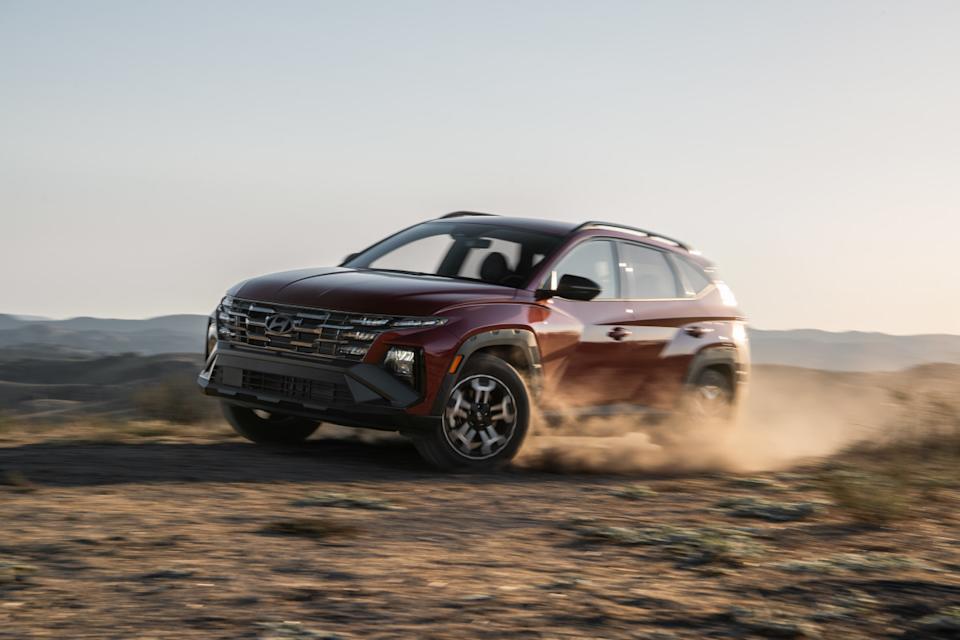
Hybrid versions bring the biggest contrast. The Escape hybrid earns an estimated 42 mpg city and 36 mpg highway, translating to around 40 mpg combined, while the Escape PHEV offers about 40 miles of electric‑only range. The Tucson Hybrid, meanwhile, can manage up to 38 mpg combined in its Blue trim, and around 35 mpg in other versions; its plug‑in model delivers about 33 miles of electric range. Overall, Escape’s hybrid and plug‑in models are slightly more efficient, especially for highway or mixed driving.
3. Price: Escape leads Hyundai in value
Starting prices place the Escape just under the Tucson. The base Escape Active (FWD) starts at $28,150, while the Tucson SE comes in around $28,605. Stepping up the lineup, Escape offers ST‑Line and Platinum trims reaching the mid‑$30K range (Platinum AWD ~$37,735), while Tucson trims include SEL, XRT, and Limited, topping out near $38,545.
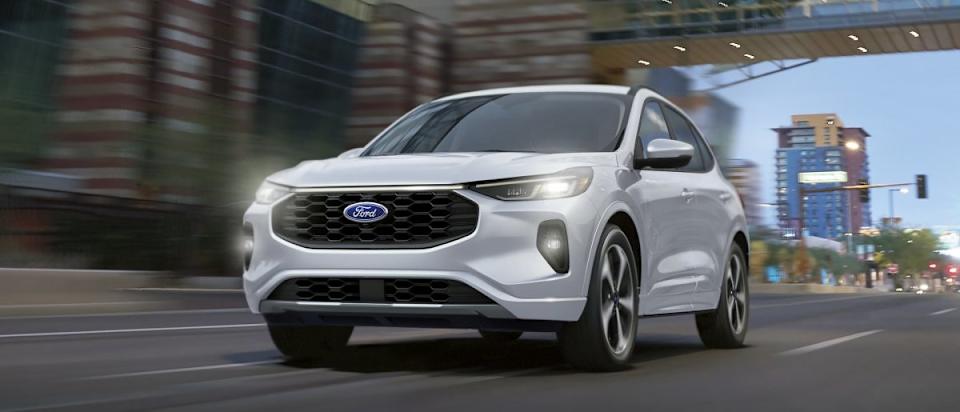
Both SUVs add hybrid and PHEV versions, but Escape’s hybrid trims start slightly lower (around $32,490 for ST‑Line Hybrid), while Tucson Hybrid and PHEV models climb above $33,000, with Limited Hybrid near $41,195. Escape’s wider trim spread means more modularity across price and powertrain without huge jumps, making it a marginally better value overall.
4. Space and cargo flexibility: Tucson packs just a bit more room
The passenger room between these two is remarkably tight. The Escape boasts 42.4 in front legroom and 40.7 in rear, while the Tucson offers 41.4 in front and 41.3 in rear, giving the Tucson a slight edge in back‑seat space for taller adults. Cargo capacity tells a similar story: the Tucson holds about 38.7 cu ft behind the rear seats and expands to around 74.8 cu ft when they’re folded.
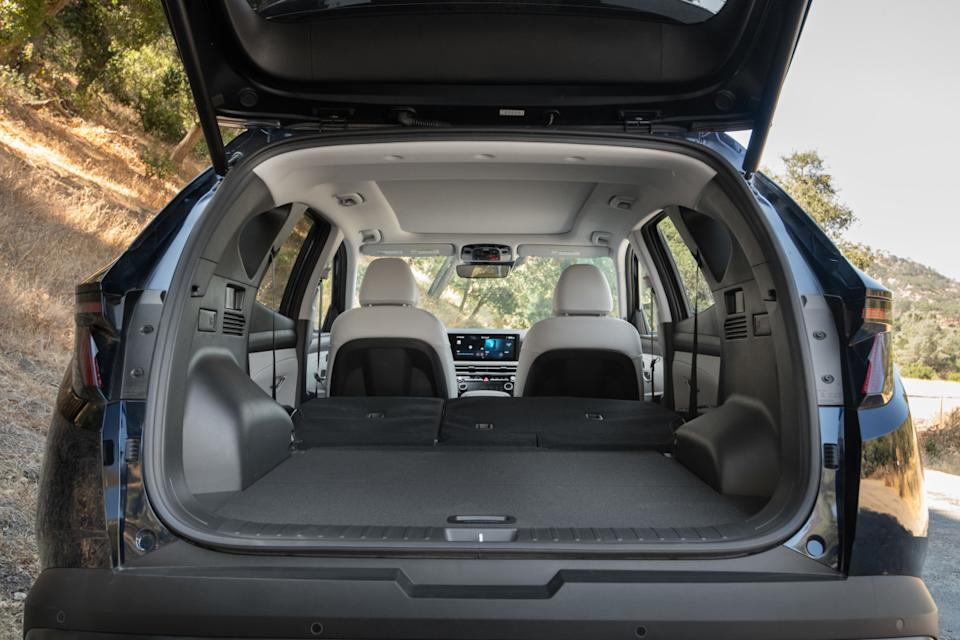
The Escape offers slightly less, about 37.5 cu ft with seats up and up to 65.4 cu ft when folded. Tucson’s sliding rear seat and flat cargo floor enhance flexibility further in real use, making it the more spacious option for hauling gear, strollers, or pets.
5 Safety features: Tucson excels at crash tests
When it comes to crashworthiness, the Tucson stands out. It earned IIHS Top Safety Pick + for the 2025 model year, with “Good” ratings across the updated moderate overlap front, side impact, and pedestrian‑avoidance tests. The Escape holds a solid Top Safety Pick but does not make the “Plus” distinction. In side impact evaluations, it received Marginal structural scores rather than Tucson’s consistently Good results.
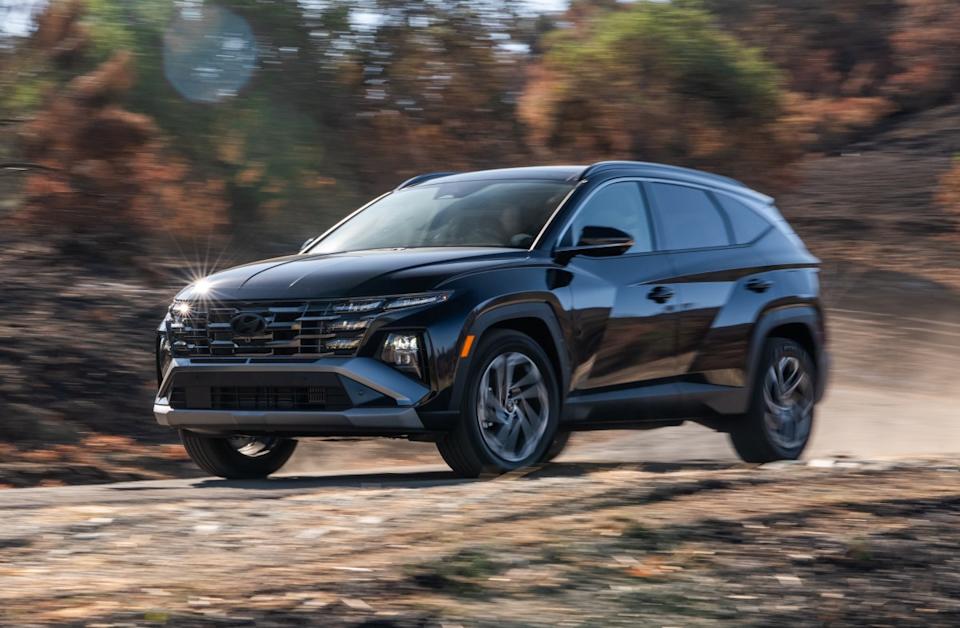
Both models offer standard driver‑assist tech like automated emergency braking, lane‑keeping, blind‑spot warnings, and rear‑cross traffic alert. However, Escape includes Ford Co‑Pilot360 Assist+, which can add features such as post‑collision braking, driver‑knee airbag, 360‑degree camera with washer, or more advanced intersection assist—available on higher trims and hybrids. Ultimately, while the Tucson wins on test results, the Escape offers broader optional safety hardware in higher trims.
Final thoughts
So after peeling back the layers, what are the real takeaways? If your priority is clean, efficient power—especially in hybrid or plug‑in form—combined with modular trim levels, practical cabin ergonomics, and optional advanced safety hardware, the Ford Escape tends to feel the smarter pick. It edges the Tucson slightly on fuel economy, has flexible trim pricing, and delivers user‑friendly infotainment and safety options.

But if cutting‑edge cabin design, slightly more cargo and rear‑seat room, unequivocally strong crash‑test performance, and high‑tech infotainment are more your style, the Hyundai Tucson may feel fresher and more new‑school. It carries a few extra mpg in hybrids and just looks more modern inside.
Ultimately, it comes down to personality. The Escape feels like the smart, sensible choice. The Tucson is more like the stylish one that wants to impress you with its gadgets. Whichever you pick, you’re getting a well-rounded, family-friendly SUV that can go the distance—and look good doing it.
2025 Ford Escape vs Hyundai Tucson: 5 Major Differences first appeared on Autoblog on Jul 28, 2025
This story was originally reported by Autoblog on Jul 28, 2025, where it first appeared.
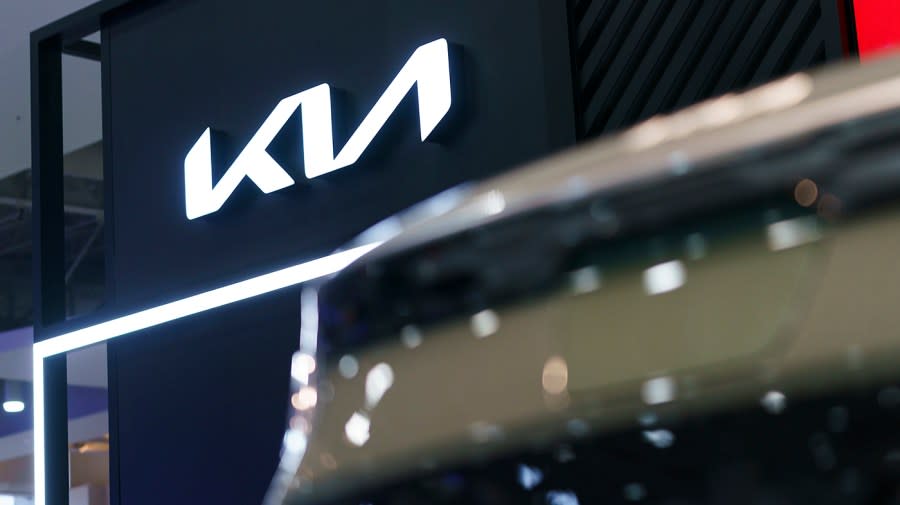
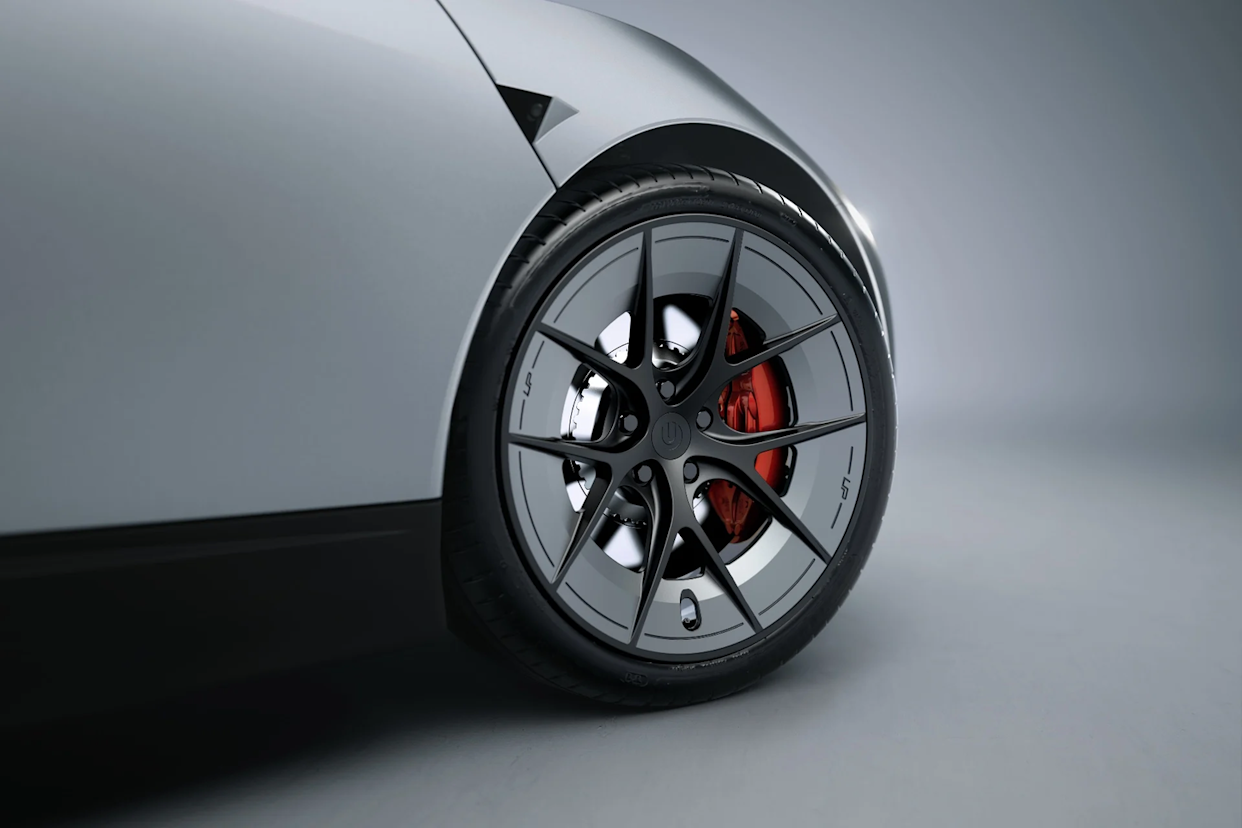
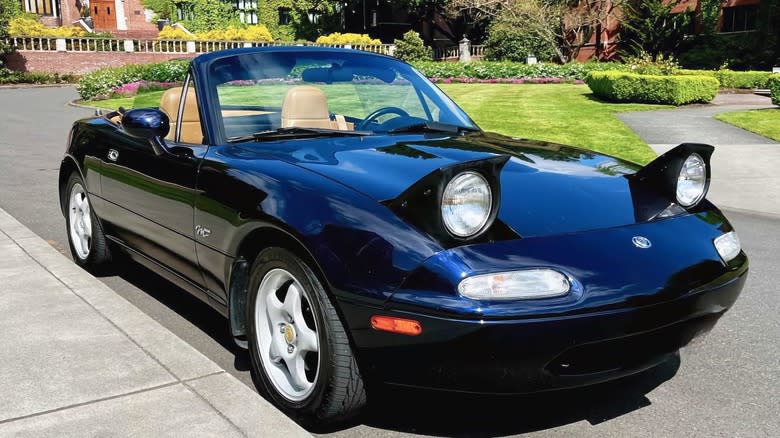

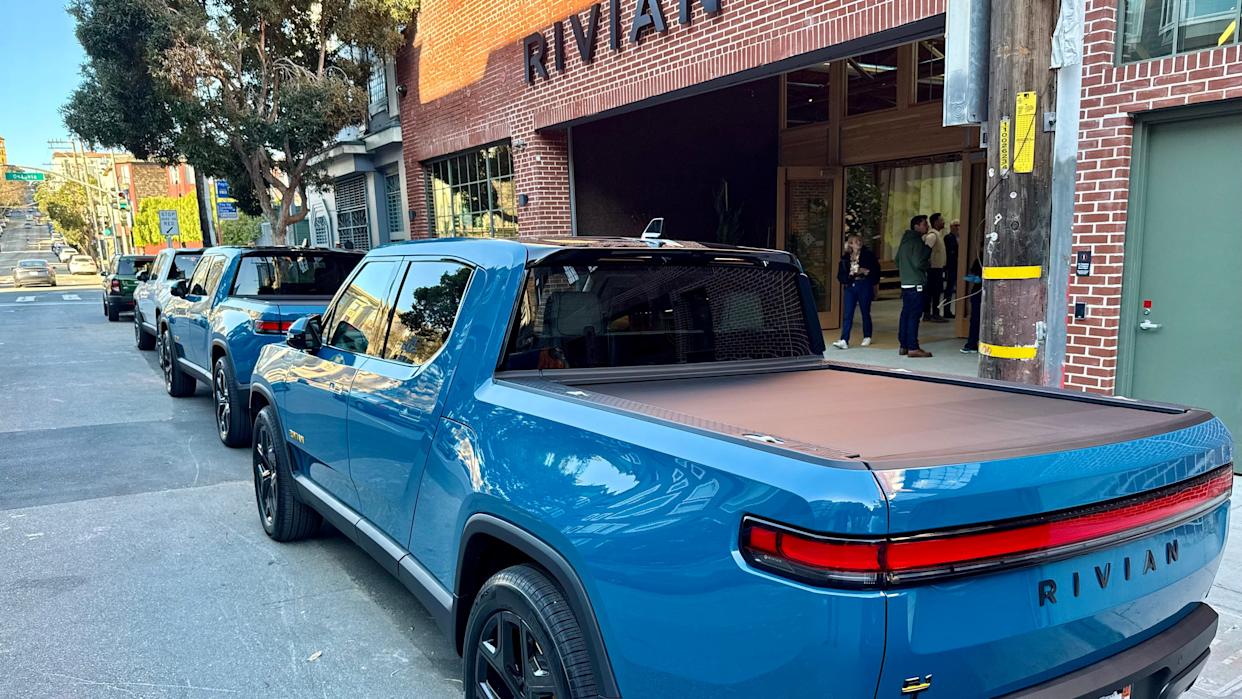
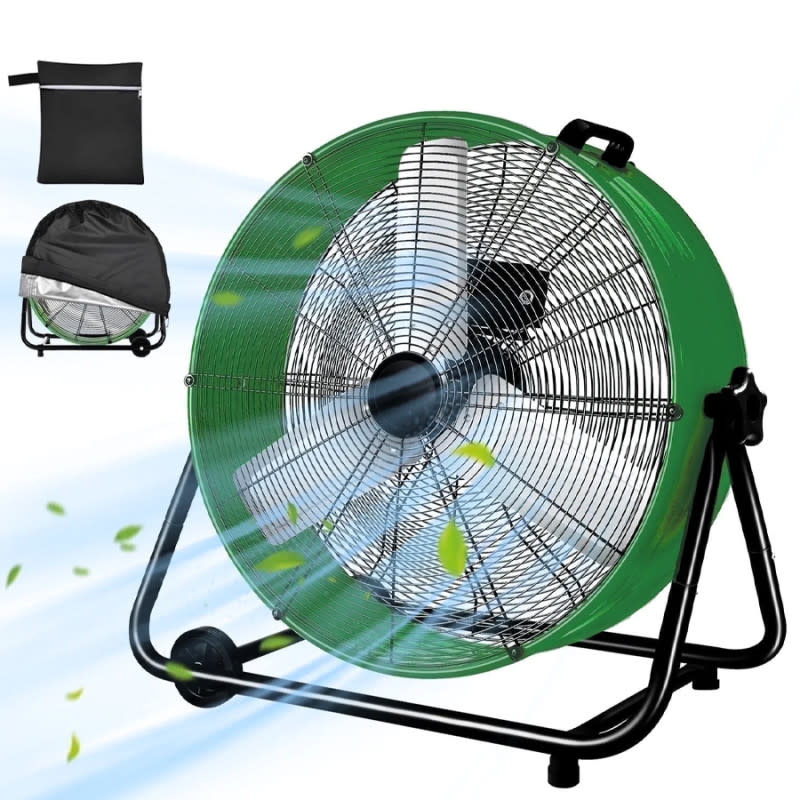

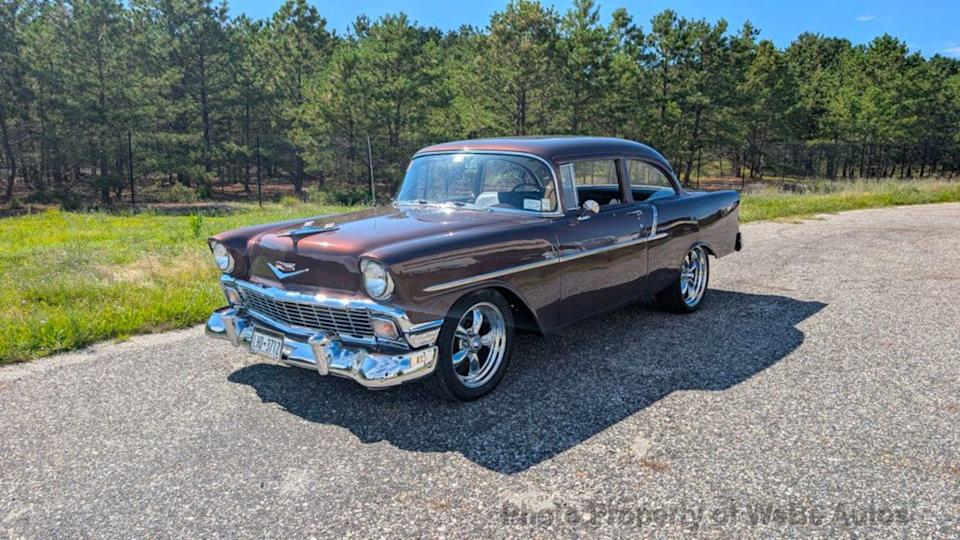
Comments